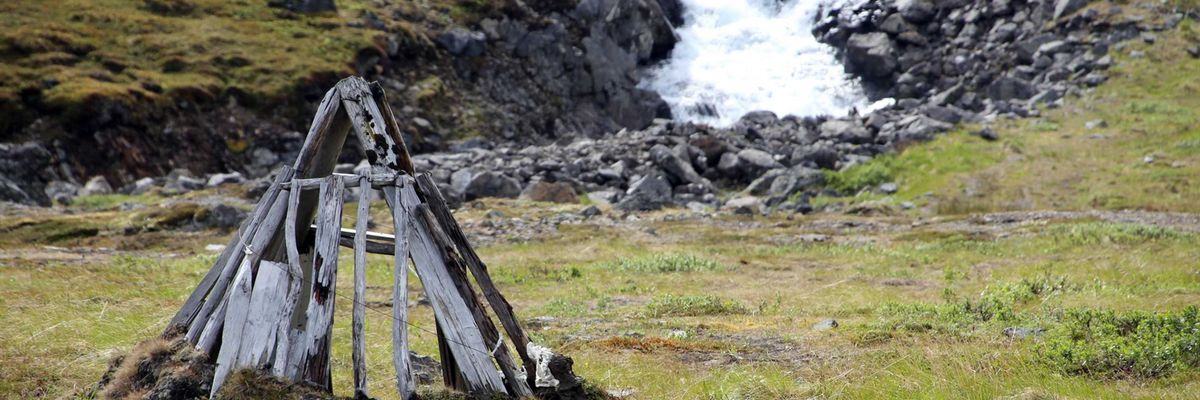soot
Glacier melt accelerates as wildfires deposit soot and ash in Alberta
Wildfire soot and ash are accelerating the melting of Alberta's Athabasca Glacier by darkening its surface, leading it to absorb more heat, according to scientists.
In short:
- Wildfires near Jasper National Park have released soot and ash onto the Athabasca Glacier, darkening it and causing it to absorb more solar radiation, which speeds up its melting.
- The glacier, which lost a record nine meters last year, is melting faster than normal, threatening the water supply for the Athabasca River and impacting hydroelectric power generation.
- Research shows that soot, ash and algae blooms are major factors in glacier darkening, exacerbating the effects of climate change and increasing glacier melt rates.
Key quote:
"It puts these glaciers in a very perilous position yet again."
— John Pomeroy, hydrologist at the University of Saskatchewan
Why this matters:
The accelerated melting of glaciers not only threatens the regional water supply but also disrupts ecosystems and power generation dependent on glacier-fed rivers. As wildfires increase due to climate change, these issues are expected to worsen, highlighting the urgent need for climate action and adaptation strategies.
New EPA soot regulations face industry backlash
The U.S. Environmental Protection Agency is poised to introduce new soot regulations amid industry warnings of severe economic fallout.
In short:
- The EPA's new soot regulations aim to reduce harmful particulate matter, crucial for public health but challenging for industries like steel and aluminum production, agriculture and transportation.
- Wildfire smoke is eroding recent gains in reducing soot pollution, for which there are no safe levels, reports DePillis.
Key quote:
"There may be some economic costs to major polluting industries, but there’s real health and environmental costs if we do nothing."
— Brandi Whetstone, Sustainability Officer
Why this matters:
Reducing particulate matter is vital for preventing respiratory issues and promoting overall health, especially in overburdened areas like the Ohio Valley, Los Angeles and the San Joaquin Valley. This move, while potentially costly for industry, aligns with broader national efforts to address environmental challenges and public health.
For additional context: Earlier this year, public health advocates called on people impacted by air pollution to demand stricter federal soot regulations from the EPA.
Question for the reader:
How does particulate matter affect public health in your community?
AI-based tools helped produce this text, with human oversight and editing.









